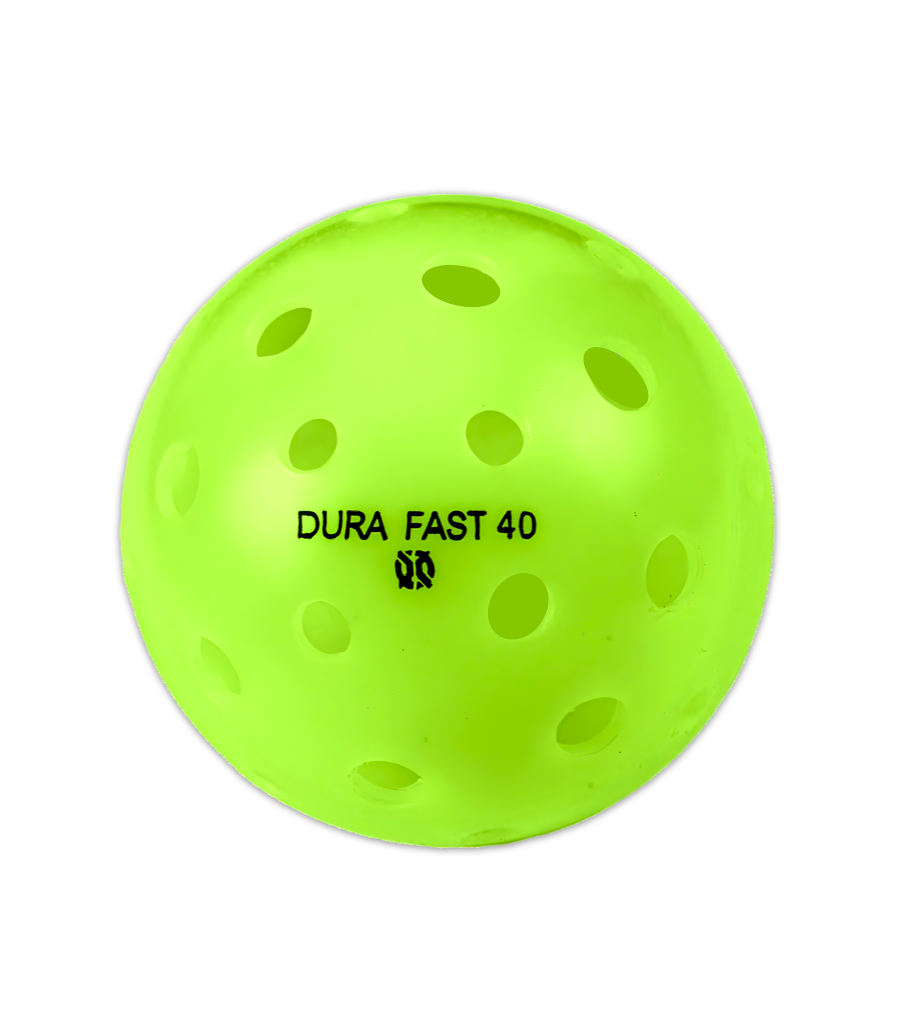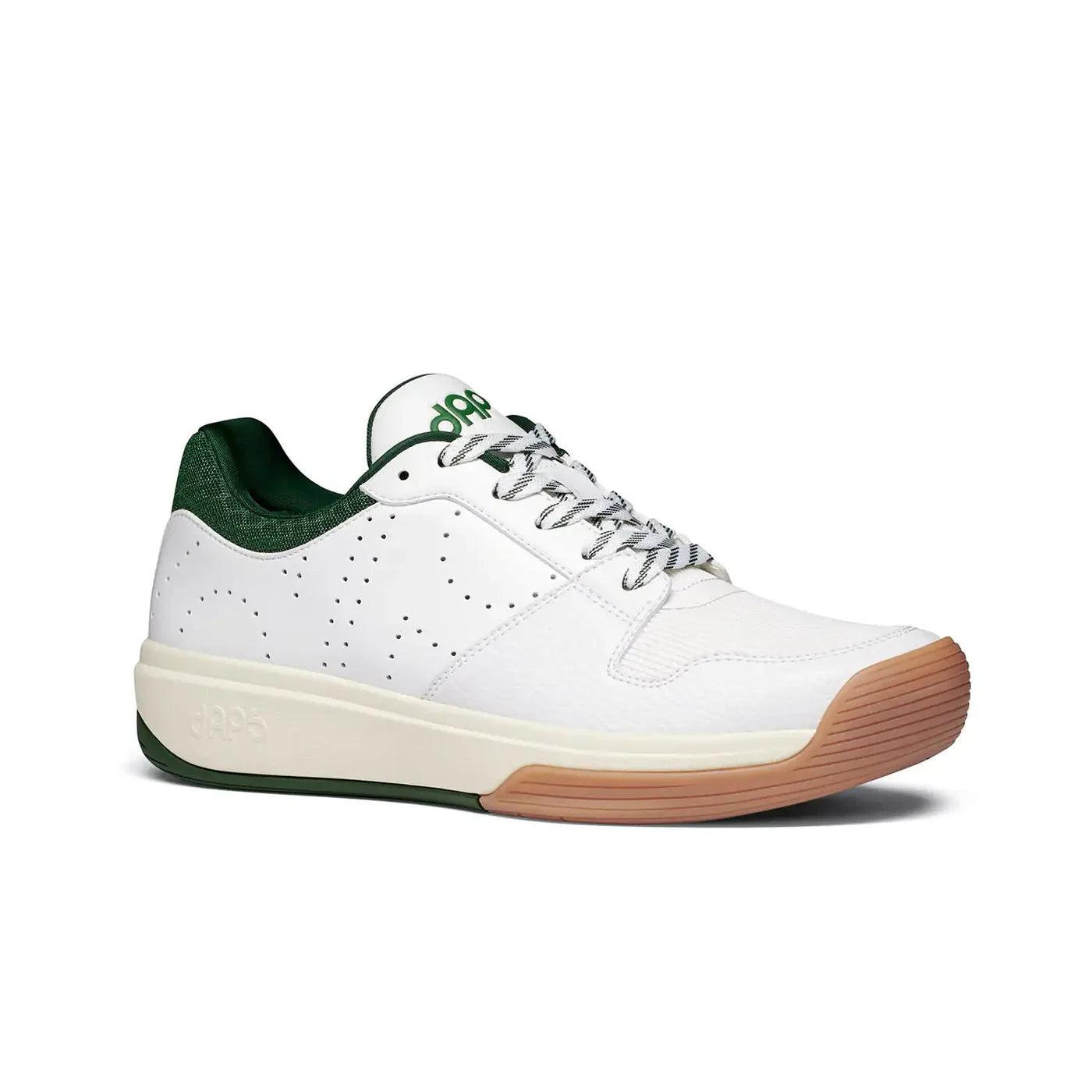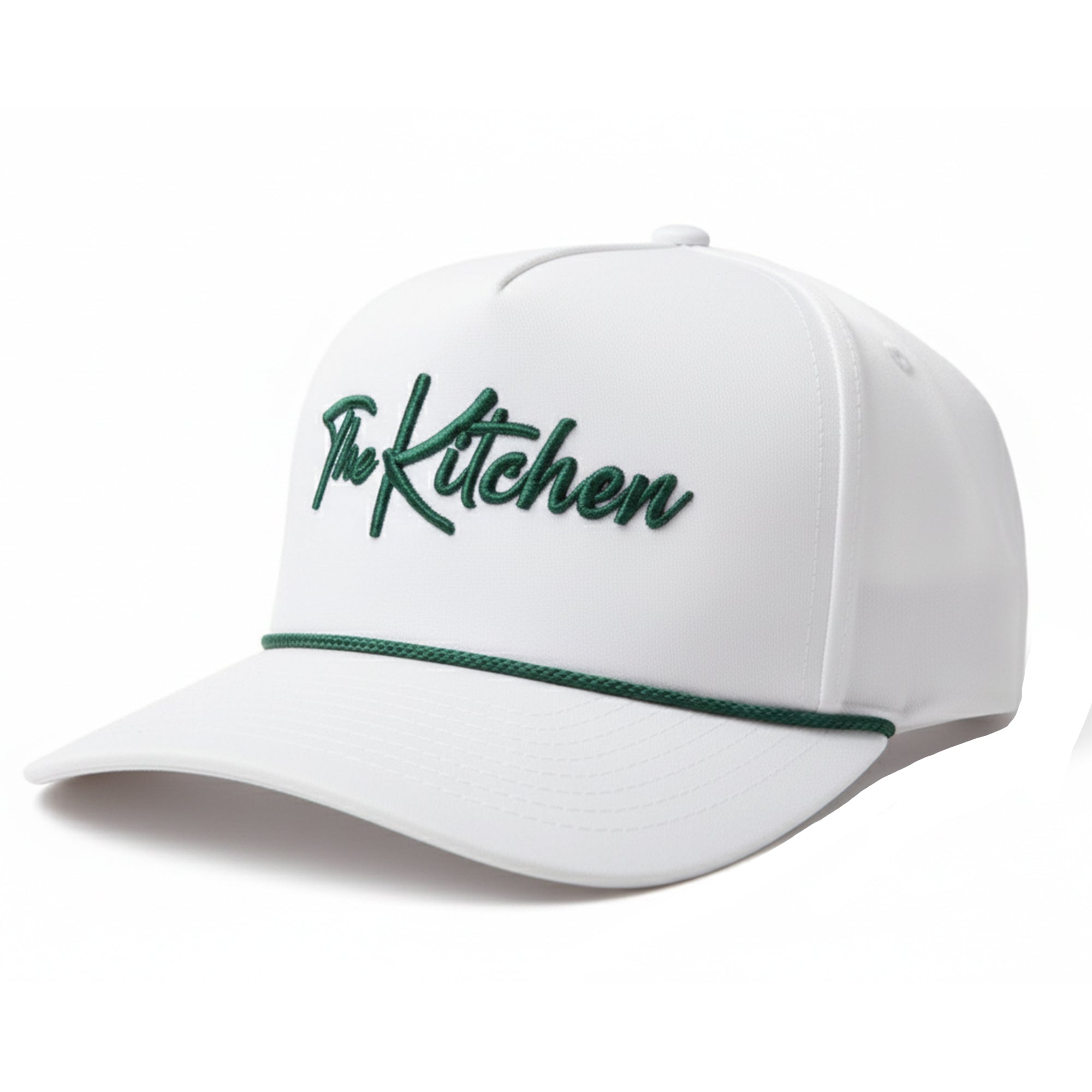Is Outrage Justified Over the Plan for Pickleball Courts in Florida Parks?
Last Edited
Jan 20 2025
Category
News
UPDATE: As of 8/28/24, Florida Governor Ron DeSantis has withdrawn the plans for construction of pickleball, golf, and other facilities across several state parks.
UPDATE 9/4/2024: James Gaddis, a former cartographer for Florida’s Department of Environmental Protection, claims he was fired after leaking plans for golf courses, hotels, and other developments in state parks.
Gaddis, calling himself an "ethical whistleblower," said he was instructed to create maps for projects involving golf courses, pickleball courts, and 350-room hotels at nine parks across Florida, from Miami to the Panhandle.
He revealed that he became increasingly uncomfortable mapping developments in environmentally sensitive areas, such as Anastasia State Park. Unable to continue, Gaddis shared the plans, which led to public protests.
The department ultimately withdrew the proposals, with Governor Ron DeSantis calling them “half-baked.” After leaking the information, Gaddis was placed on administrative leave and later received notice of his termination for policy violations.
___________________________________________
As the director of content for The Kitchen Pickleball, I do not usually find myself agreeing with those who want to block the creation of new courts. Usually, my philosophy is: build more in good locations.
But it's that last bit that can snag progress. I'm looking at you, Florida.
The honorary "second home of pickleball" is also the site of protests, legal threats, and more after the Florida Department of Environmental Protection (DEP) launched the "Great Outdoors Initiative."
The plan proposes significant changes to several state parks across Florida.
In short: they want to build at least 25 pickleball courts spread across seven state parks in Florida, in addition to golf courses, disc golf courses, and cabins of various sizes.
The initiative has sparked widespread opposition from residents, environmental groups, and lawmakers across the political spectrum.
Practice pickleball in your basement or garage with The Dink Master practice board for honing-in your dinks, speed-ups, & hand speed.
Why Some are Upset With The Florida Parks Plan
Ignore the fact that placing courts in state parks, far away from potential residences, reduces the risk of noise disruption.
I can still see why some would not be a fan of this plan. The primary concerns are:
- The environmental impact (some of these assets would be placed in environments deemed "at risk" by some environmental protection groups
- The transformation of state parks into more commercialized spaces
- Critics argue that these developments threaten the natural beauty and historical significance of these parks
- The American Indian Movement of Florida has threatened legal action against the DEP for potential violations of Indigenous rights, particularly at Jonathan Dickinson State Park, where developments may disrupt burial sites
Pickleball is the Least-Impactful of the Plans
I think if this plan were to be adjusted, which it clearly should be, than pickleball could be an asset to keep over other options.
I don't mean to sound biased, but aren't pickleball courts significantly less harmful to the environment than golf courses?
- A standard pickleball court is 20 feet wide and 44 feet long, requiring about 880 square feet. Even if a facility includes multiple courts, the overall land use remains relatively small. An 18-hole golf course typically covers 100 to 200 acres, or approximately 4.3 to 8.7 million square feet.
- Pickleball courts don't require pesticides or much water to maintain. Golf courses utilize significant quantities of fertilizers, pesticides, and herbicides
I'm sure even die-hard pickleball fans like me can agree that the sport doesn't need to be everywhere. There are some spaces, including some of those listed for potential additions under this plan, which should remain relatively undeveloped.
But while we shouldn't see every empty space as an opportunity for development, we can also take a balanced approach to utilizing public space to meet the demands of each area's residents.
Florida is a hub for pickleball, and every year, more pickleball-playing individuals move to the state, hoping to find their new home court. It only makes sense to at least consider one of these spaces as a possible site for courts.
Our favorite pickleball machine, the ERNE, contains a substantial array of drills and shots customized for speed, spin, elevation & sweep.
Suggestions for Florida Officials
I am by no means a public planning expert, but I can't help but feel the following suggestions only make sense in this situation:
Strategic Placement of Pickleball Courts
Instead of constructing courts in environmentally sensitive areas, the Florida DEP could identify underutilized or already developed spaces within the parks that could accommodate new courts with minimal environmental impact. For instance, courts could be built in areas previously disturbed by human activity, such as near existing parking lots or facilities, to avoid disrupting natural habitats.
Environmental Offsets
To balance the construction of new recreational facilities, the DEP could implement environmental offset programs. For every pickleball court or other recreational development added, the state could commit to restoring or conserving an equivalent or greater amount of land elsewhere in the park or state. This could include reforesting areas, restoring wetlands, or creating wildlife corridors.
Mixed-Use Areas
Develop certain sections of the parks as mixed-use areas where recreational facilities like pickleball courts are combined with educational and conservation initiatives. For example, pickleball courts could be paired with educational signage or visitor centers that inform the public about the local ecosystem and conservation efforts, thus enriching the visitor experience while promoting environmental stewardship.
Partnering with Conservation Organizations:
The DEP could collaborate with conservation organizations to ensure that any development is done sustainably. These partnerships could involve joint planning sessions, shared funding for environmental preservation projects, or co-management of park areas to balance recreational use with conservation.
The views expressed in this article are the author's own and do not necessarily reflect those of The Kitchen Pickleball as an entity.
Feel like playing pickleball now? Check out all our favorite gear at Pickleball Central.














